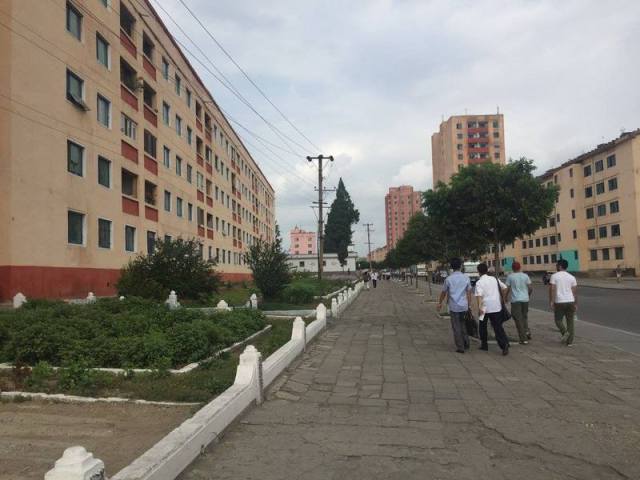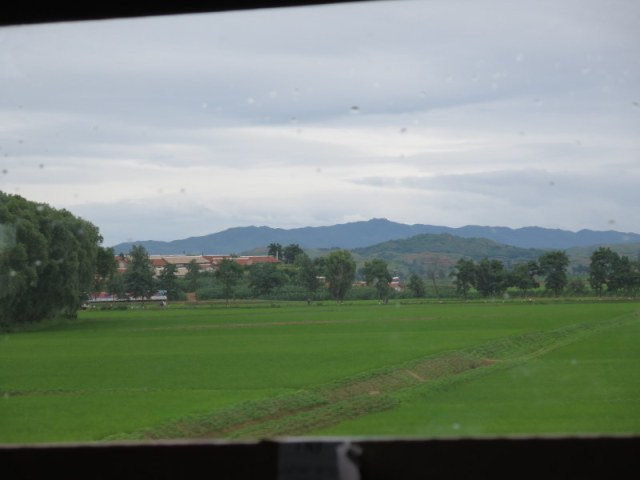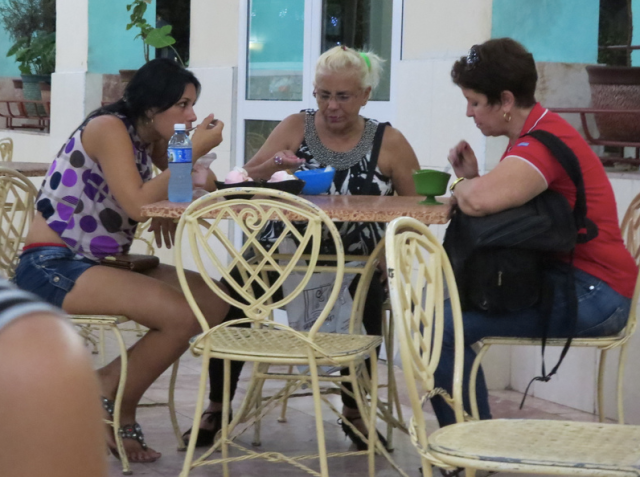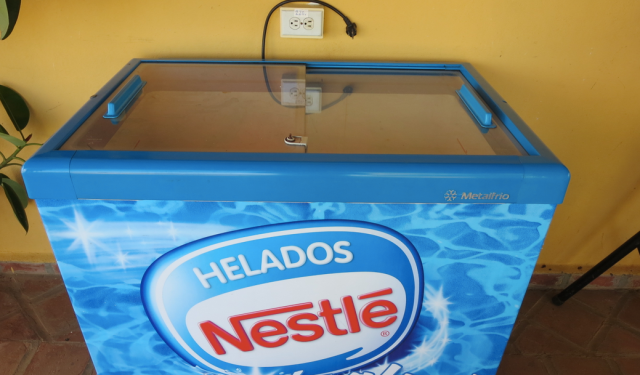This is the second part in a Q&A on my recent trip to North Korea. Part one is available here.
What were you not allowed to do?
There was very little actual ‘no’s.’ In terms of photos, general rules included not cutting off the body parts of any of the Dear Leaders (i.e. if you took a photo of Kim Il-Sung standing in a field of smiling nuclear warheads, you had better make sure you didn’t accidentally crop out his pinky fingernail) and avoiding military installations. For many of the grand buildings we visited, such as the War Museum and Friendship Hall, we unfortunately were not allowed to take photos inside – you’ll just have to trust me there was actually stuff in there. On other occasions, we told not to take photos of things that seemingly had little logic – such as in the subway, where we could take pictures of half the station but not the other, though it looked essentially identical. In addition, I was advised to delete a quick photo I had snapped while visiting the tolerated but technically illegal Tongil market, possibly given that it represented a streak of capitalism mucking up all the socialist purity. But photos were generally unrestricted overall, to the point where my cousins and I took 2,124 in total during the nine-day visit, or approximately one camera click every six minutes.

No illegal cropping here
Aside from photos, we were also generally free to roam about. Traveling outside Pyongyang requires paperwork, but there are a number of select destinations you can get permission to visit, a few of which we were able to do. Within the city, as mentioned we could pretty much do what we wanted. Essentially we were told we could not take public transportation (including hailing one of the surprisingly common taxi cabs – I did not notice a North Korean version of Uber just yet), nor enter too deeply into a public housing area. Otherwise we walked or drove around much of the city, with no overt restrictions or even checkpoint stops.
Really on the train ride out to China was the only time I was specially told “NO!” in a panicked manner, and on multiple occasions. First, I inadvertently tried to cross into the North Korean section of the train (which was divided into local and foreign compartments), which resulted in a petit young North Korean stewardess matching Usain Bolt’s top end sprinting speed to lunge across the compartment and grab my arm with more vigor than an emotionally clingy octopus who just finished watching the Lion King. While that shocked me, I continued to be a troublemaker and tried to play cards with my family in the dining cart, which also elicited another strong ‘NO!’ Perhaps it was fitting that our last few hours in the country were overshadowed by such negative regulation, but really the only other time I heard that word during the trip was when I frequently lobbied my family to purchase the $500 caviar we found in the diplomatic store near my uncle’s house (true story).
In terms of interactions, we probably moderated our conversations ourselves a bit, likely engaging in a degree of unwitting self censorship in the initial days while we tested the waters (for example, I only mentioned Kurt Cobain and dinosaurs once during the first 72-hours, a personal record). Given that we were special guests of an international office and the hoops I know they had to go through to get some Americans in, we tried to pry but not rock the boat. But generally I did not feel our conversations were overly restricted, nor did we get the evil-eyed silence that follows many a questions during those documentary videos on North Korean travel that you often see. In fact, speaking of our conversations . . .

This photo was allowed, but probably shouldn’t have been
What sort of people did you meet and interact with? Were they ‘normal’?
We met a range of North Koreans that I can truly say were quite nice, and I do not think planted with stock phrases on repeat for my benefit. Everyone was generally friendly, and those we interacted with on a deeper level even interested in us. Our topics steered clear of overt propaganda, as no one ever tried to convince me that Kim Jong-Un holds the world record for most eggs stuffed in one’s mouth, but still they revealed some interesting insights.
To begin, our presence affected some people we didn’t even talk to. Walking around town, we never saw another foreigner, and from some of the looks we got, those around us hadn’t either. Most people basically ignored us, but every now and then we’d catch someone frozen with a wide-eyed glare of stunned disbelief. A couple people tried to play it cool, but could not overcome themselves. The most poignant were two middle-aged ladies who passed by on the street across from us during our first self-guided foray outside the diplomatic enclave. As we walked, I saw one of the ladies grab the other and gesture towards us. She clearly noticed us as well, but tried to act like she’d been there before, telling her friend to calm down and continue walking. Her friend, however, was rather difficult to control and although she continued walking, refused to turn her head forward in the direction she was going, but rather remained fixed behind at us. The road was kind of long,so we probably walked on it another three to four minutes – every time I looked back, that lady was further away, but still staring back at us (I became concerned that she just might accidentally walk into South Korea at that pace). I’m sure she went home and uttered to whoever was around, “you are not going to believe what I saw just saw!”

People a keeping their distance
Perhaps the most entertaining moment while walking around was when we nearly started a riot with a bunch of school kids, who then in turn then almost got run over by a number of passing vehicles. Essentially about 100 immaculately dressed tiny North Koreans were walking by in perfect rows with four to a line. We were ahead of them but somehow they were gaining ground on us, despite their tiny, little legs. They hadn’t really noticed the foreigners in their midst, until we got to a traffic light and both came to a stop. Some of them began to point, laugh, or even say ‘how are you?’ in English. We in turn waved at them, which set off an entire chain of hysteria. Since there were about 25 rows deep, more kids kept walking forward, but by the time we came into their view they stopped looking where they were going, and rather paid attention to us. This resulted in many rows of kids crashing straight into the row ahead of them and so forth, almost creating a domino effect of fallen North Korean kindergarteners. The light then turned green and their teacher, along with the crossing guard (there are crossing guards at nearly every major intersection in Pyongyang) attempt to get the kids to move, but as we were still standing there and waving, none of them budged. Finally we decided perhaps it would be best to turn and continue walking in a different direction, less the kids continue to defy their teacher. As we started to walk away, some of the kids belatedly crossed the road, of which the light was turning red by now. All the other kids in the row continued, running through the red light to catch up. I cringed at the international incident getting an entire school of North Korean children run over would cause, but luckily the crossing guard was worth his weight in kim chee, and no kid was left behind. I breathed a sigh of relief, having narrowly avoided incidentally killing dozens of Korean schoolchildren for the fourteenth time this century (I did spend an entire year in charge of little ones in South Korea after all).
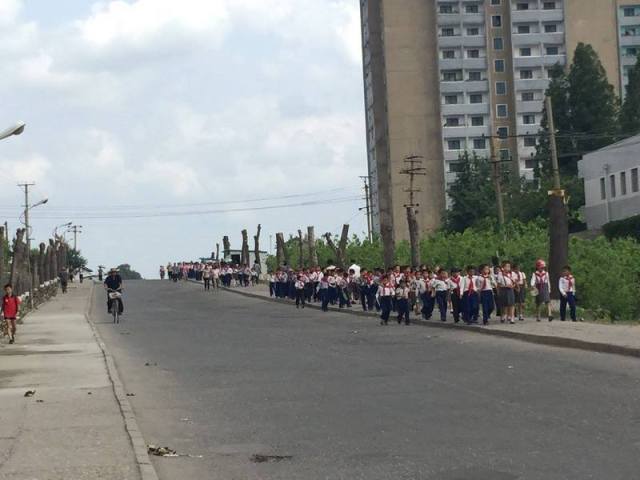
the approach . . .
In general, I half expected everyone to run away upon the sight of us, or ignore us completely out of fear of being associated with an evil imperialist (which coincidentally, is my new AIM screename). But at times, people were surprisingly bold. After laying flowers at the statue of the Dear Leaders on the first day, we were immediately thrust into someone’s wedding photo shoot. Many soon-to-be married couples were coming to pay their respects, and as we were walking down one photographer stopped us and motioned to surround the happy couple. Whether they had a choice or not, we obliged all too willingly, and forever ruined a nice family’s wedding photo album.

Oblierating local traditions, one photo bomb at a time
Most of the true conversations we had were with members of my uncle’s staff, given the prohibitive language barrier, and the at times equally prohibitive the ideological barrier, with everyone else. Granted, the staff is incredibly privileged and some had even spent time abroad, but it was nice to connect with real North Koreans, regardless of their status (I tend to only be able to relate to one percent-ers these days in any case). There were a couple of young males in particular my cousin and I became friendly with over the week and a half (hey, hey – not like that). We asked them basic questions about their lives – what they eat at home (cold noodles), what do they do on the weekends (go for picnics, drink ‘a little’ bit of beer, play volleyball, hang out with friends, or nothing now as newborn children dictate), how they met their wives (set up on a blind date by friends and it worked out) – and got back responses that would seem pretty normal anywhere. Again, this doesn’t represent all of North Korean society, but it can be surprisingly normal for some.
They were also pretty curious about us, and asked about our lives. I remember in particular one of the young guys asking a lot of questions about how we find our housing in America. In North Korea, the government provides all housing and in turn dictates the level of accommodation you will receive – there is simply no real choice in the matter. He seemed kind of astonished that we have to do this process on his own, and I thought even potentially a bit intrigued. But then kept bringing up how expensive it must be, a potentially subtle point regarding the (extremely limited) benefits of being born in North Korea (the main other one being a lifetime supply of bad haircuts).
At times, their perception of the outside world seemed a bit odd as well. These privileged few did have access to some entertainment from abroad, but one kept referring to me as the “bank hunter” because I wrote glasses, since all “bank hunters” wear glasses. It could be a translation issue – my cousin got to be a “movie star” because he had sunglasses on, which made a bit more sense because the last time I hunted or had sufficient business to warrant going into a bank, movies hadn’t even been invented. I was, nonetheless, honored to receive such a title, although I think given my impressive stature, something along the lines of ‘Grand Marshall Mahmood the Powerful’ would’ve been more appropriate.

Hunting down banks, one broke movie star at a time
The final day my uncle hosted a BBQ for all the staff, the thank them for their tremendous efforts in not just getting us into the country, but also making our trip so enjoyable. It was a nice opportunity to watch the North Korean and other international staff mix, and honestly did not feel too different from the same sort of scene I’ve encountered in various development offices around the world. A fitting end to a myth-busting (or myth-adjusting) adventure.
I was most interested in the human aspect of North Korea, so being able to walk around to observe freely and develop a basic rapport with a handful of locals was undoubtedly the highlight (after of course coming in last place in every karaoke contest I entered). After spending nine day there, I would dare say that the people we met and interacted with, if you adjust for the extremity of their extreme circumstances, are perhaps the most normal on the face of the planet (if you don’t adjust, however, they are all just wackos of the highest order).

I think I got robbed in this content . . . no one told me to bring my Santa suit.

The calming normality of grilling meat extends everywhere (except the vegan nation of California of course)
Did you ever feel uncomfortable?
Overall, as mentioned everyone was friendly, even including random shop owners that probably wouldn’t normally interact with a foreigner. The one real time I felt uncomfortable was at the War Museum. The day we went there were literally hundreds of fresh cadets, some of which I swear could not be 18 (actually it’s likely like that every day – all the monuments and other sites we visited are not really designed for external consumption, but were constantly filled with local visitors cycling in and out, often bused in from other parts of the country to partake as a treat).
Anyways, our presence was unusual for them, and generated a number of seemingly menacing glares. This came amongst the backdrop of our (friendly) guide explaining about how the Americans were evil imperialist aggressors during the war, and had eaten all the babies they could find (by the way, it was the same narrative regarding the war we would hear everywhere, down to the specific quotes cited and events mentioned – someone had clearly crafted an argument and that line of thought had been disseminated throughout the country – at least people had studied their history books pretty well!).
The rhetoric was bad enough, but surrounded by young, glaring soldiers who appeared to take it all to heart in a confined space, was getting to be a bit much. At the end of the tour you go to the top of the building which has a panorama – a 360 degree mural depicting war scenes, which rotates and and plays sound. We got up there ourselves and they dimmed the lights, so I relaxed. But next thing, all 100+ cadets also ran up the stairs and cornered us in the dark, in what I only assumed was about to be a real life reenactment. Truth be told though, the stares shouldn’t have put me on edge at all – despite the fact that the panorama room became so crowded and all seating was taken, no one came to sit on the three-person bench I was occupying alone, until finally a brave soul just barely placed himself all the way on the opposite ledge opposite. The glares may have been menacing, but they were apparently no match for the stench of imperialism emanating from my pores (for the record, even my family didn’t want to sit next to me).

Propaganda with a smile

Really fresh cadets
What differences did you notice outside of Pyongyang?
On the three occasions we managed to get outside the city, we were able to catch a passing glimpse of rural North Korean life. Unlike the endless sprawl characterizing the outer extensions of most major population centers worldwide in this day and age, there was a clear and distinct end to Pyongyang. It was patently obvious where the last building of the city limit was, and how sudden the transformation to countryside emerged.
As for once we passed that lack of non-sprawl, the countryside was beautiful. It was the start of the rainy season, and did not lack for greenery. Much of it was cultivated land, and plenty of workers were (collectively) tilling that land, without the aid of much, if any, machinery.

Working the fields

greenery and hills
In terms of infrastructure, the roads we were able to travel on were decent – some potholes but not that bad. There were also multiple road options that would split off, and then connect with more dirt paths.

Paved and empty
I think what shocked me most about the countryside is that you’d be plodding along without nothing but farmland and small clusters of housing units, and then all of a sudden there’d be a number of tall buildings and other infrastructure. While clearly not on the same level as Pyongyang, there were other decent sized towns and smaller cities we passed that broke up the charming monotony of the rural landscape.

Even in areas of pure farmland, there would be a six story apartment building or whatnot around. Now many of these buildings were not necessarily pristine, or even in a state of slow decay. But the fact that they existed at all threw me for a loop – perhaps when your barometer of development is West Africa/the Sahel, everything looks nice (which is probably true and akin to the fact that after living in in Washington D.C., rent elsewhere never feels expensive). To see this many multi-story buildings in Burkina Faso outside of Ouagadougou would be a revelation, as you could drive for five hours between the two biggest cities and probably count on one hand the number of structures you pass containing more than four stories (what you could not count, however, is the number of goats eating dirt).

Tall rural housing
Big buildings aren’t the be-all end-all marker for development, but they surely do count for something. In this sense, North Korea may be a poor country in its neighborhood and even stagnant or potentially deteriorating, but it does not compare to much of West Africa. But then again, its all relative.
Anyways, back to the DPRK. The biggest city outside Pyongyang that we got to spend some time in was Kaesong, part of the industrial complex along the South Korean border. Kaesong also was a ‘real’ city, with plenty of tall apartment buildings, paved roads, and other sorts of city-like items. It did seem, however, that the exterior buildings in any apartment complex looked a lot nicer than those on the inside, a classic case of subtle deception. Noticeably, there was also less public transportation than Pyongyang, making it seem like everyone in the city was out and about on a bike right then, or even twoFurthermore, there were less little shops outside the apartment complexes selling basic items – the type that are all over Pyongyang. I think I counted just a handful during our drive throughout the city, another distinct difference.


Kaesong apartment complexes
Of course, what we saw overall was just a fraction of the rural countryside, and in many other places all the starvation may outweigh the idyllic charms. But at a minimum we can say unlike some other places I’ve visited, the concentration of all aspects of development to the capital city was less stark than imagined.

I mean, there may be not be a lot of cheese on hand, but I could live here.
What was the food like?
So one day my cousin and I decided to go on a street food tour, and basically just try one of everything we saw. While there was not a vast array of options, we did accomplish this simple task – but unfortunately the results were not too pretty. The tour consisted of:
- Kimbap! I was excited to find this as this was a staple of my previous South Korean existence, and I had asked for it before at a restaurant to no avail. The initial exhilaration of the find quickly wore off as there was nothing in the rice save for one long, thin piece of slightly picked radish. A far cry from the plethora of ingredients I was accustomed to from my neighborhood store 300 kilometers to the south. I kept wondering if something had fallen out.
- The next item looked like a Chinese steamed bun, expect that it was not steamed at all and wrapped in plastic. While it did not pass the eye test, I figured I might as well try it anyway, even though North Korean bread was not high on my list of ideal satisfying food options. Much to my surprise, delight, and chagrin all in one, the interior of the bun did not consist of more bread nor was empty – but rather had been stuffed with a sort of coleslaw like substance. Again not ideal, but way more interesting than just more bread.
- I was pretty certain I was not going to fall for the next item either, but went for it anyways. A sticky, glutinous pancake of sorts, it was wrapped around the red bean paste that marked so many dessert items during my South Korean time. It actually was not bad overall, but so sweet and filling, to the point of nausea.
- We had skipped some fried hot dog type things (which is a pretty amazing testament to the vastly different dietary demands from my 24-year old self), and my cousin was in the mood for noodles. Cold noodles was perhaps the most commonly cited North Korean dish anytime we asked anyone what they typically eat at home, and we had had some at a fancy restaurant on our first day. Determined to get a more authentic version from the street, we had seen some kiosks with covered outside areas and seating attached. People were always surrounded by bowls at those type of places, so we imagined that’s where we would have to go. We came up to one along a main road and decided to give it a go. Thus far all of our purchases had been predicated on pointing to things and the basic Korean market vocabulary that I had retained (the standard combination of hello, how much, and a few numbers, followed by thank you and good-bye, can get you pretty far in most places). This was going to be a bit more complex, however, as there was nothing active to point to. At any rate, we approached the stall operated by a young North Korean woman who was probably as surprised as us that we were here. I did the usually greetings and pointed a metal machine and freezer, and asked for two. She followed by a series of questions to which I clearly did not understand, but just attempted to point in an appropriate direction each time and said yes. She motioned for us to go over and sit down, which we did to await our fate. While unsure of what we were really getting, we were convinced it would be some sort of noodle dish, given the bowls and the noodle-like machine in her little shop. We waited for a few minutes, until she brought out the bowls. Upon laying them on the table, I did a triple take, while my cousin’s jaw dropped. Essentially the bowls were filled with ice water, on top of which floated two small scoops of ice cream, which was further topped by some grossly sticky syrup. Quite far off from the cold noodles we had expected, although it was indeed cold. I couldn’t believe this is what all those people were always eating at these places – iced ice cream water? Mine was mango flavored while my cousin got banana (we think). We managed to eat enough to get to that presumed fine line where there was still plenty left but would allow us to exit politely. On the way out I went back to the kiosk section to inspect the area to see if anything else was capable of emerging from the contraptions there, but it all seemed designed for one purpose – to provide iced ice cream water to the masses (for the record, by far the most stares we ever got in country was when the two of us were sitting down at this kiosk along a busy road, enjoying an iced afternoon treat – I guess most expats weren’t dumb enough to order the mango).
- The final item came as I could do with no more sweets and desperately wanted something salty. I had bought some fried corn kernels the other day that made for a pleasant snack, and was on the prowl for something similar. Unfortunately, what I wound up with could best be described as a rice krispie treat (actually almost perfectly described as such). Thus it was still sweet, pushing me into further sugar overload, but was probably the best thing on the entire tour. I promptly came back home and passed out for two days.

Someone is thoroughly displeased with his iced ice cream water

Unfortunately, most meals did not look like this
Overall, how did it compare to South Korea?
Well, it really doesn’t. But at the same time, there are a couple of indicators that the thousands of years of shared history trump recent political divides. Aside from the obvious fact that they are the same people (i.e. language, ethnicity, etc.), aspects of the culture definitely reminded me of my time in the southern portion of the peninsula. The overriding emphasis on work, whether ‘forced’ or not, is similar – we saw people still in the fields at the dusk of 7pm when driving back to Pyongyang, while in South Korea my teacher colleagues would regularly pull similar hours (and not really on their own volition either). And it’s not just an emphasis on work, but a very results and achievement oriented focus. In South Korea, they were constantly comparing themselves to other nations such as Japan, while here you would hear about all the specific, measurable outputs achieved. The obsession with being a great nation, regardless of the underlying factors associated with such a push, I think cuts across the peninsula.
The food, as mentioned before, can be extremely similar. Though probably just not as good (as our street food tour would attest), but contains a lot of common elements, such as kim chee, bean paste, rice, noodles, and so forth. South Korea did had an impressively wide variety of cuisine options for a relatively small country, and I am not sure if they all continue to be present in the northern side, especially in places where there is no food.
Dress even had some similar characteristics. It may surprise many of you that I am not a fashion icon nor typically pay much attention to such matters, but the sort of frilly blouses dressed up women wore reminded of of the south. Perhaps the skirts are not as short nor are the outfits as Western, and there’s a lot more army green and grey involved, but I’d venture to say that they derived from a common basic stock. Either that or I just don’t understand fashion.
While Pyongyang as a whole is quite different, the large-scale utilitarian apartment complexes are also not too far off from what I used to pass by on my way home in my small town. The focus on housing rather than style pervades both, with a premium on space.
At any rate, while North Korea is unlike any other place I’ve ever been or will likely go, shades of similarities with its southern brothers I think do exist, despite the nearly seven decades of division – perhaps an optimistic reminder of the strength culture and history can wield over ideology, and aspects to emphasize when paving the eventually way for reunification one day.

At least the pretend dress up is similar
But wait, don’t stop there . . . there’s North Korea more to come (one day)!













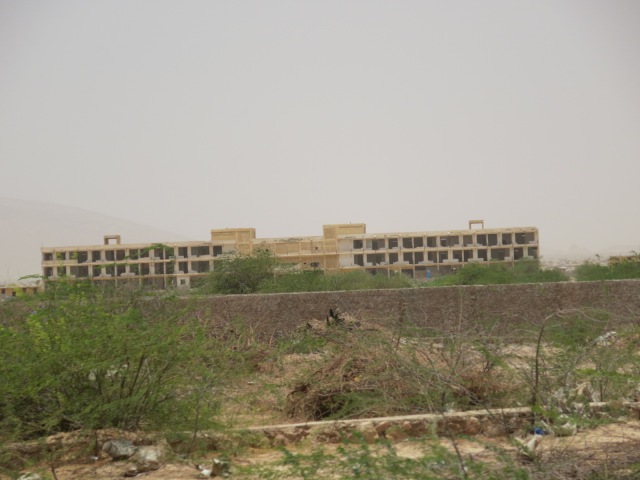


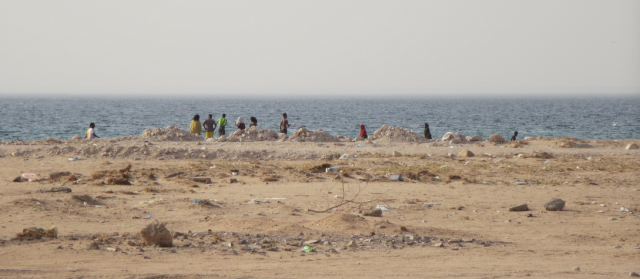







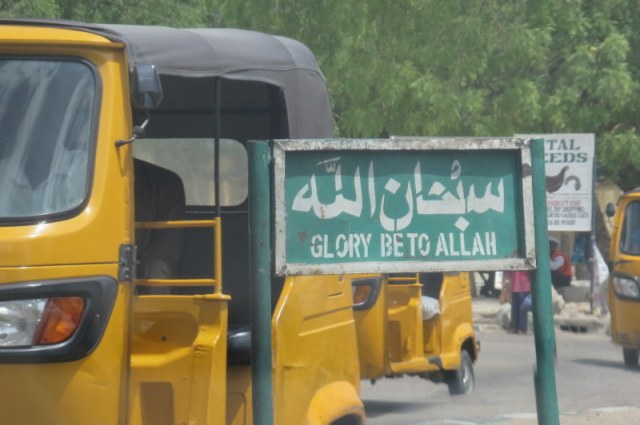






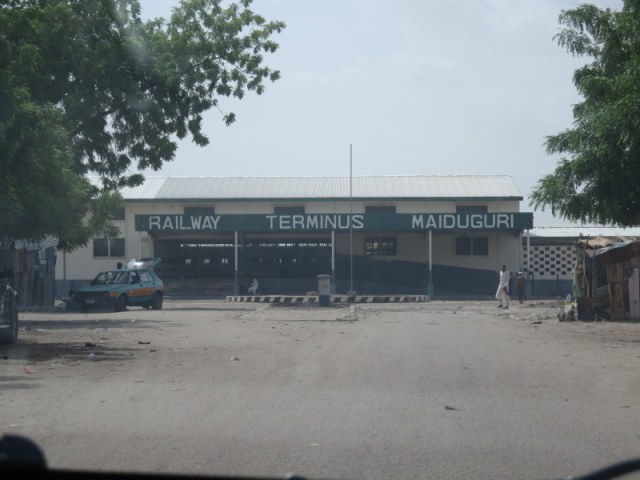




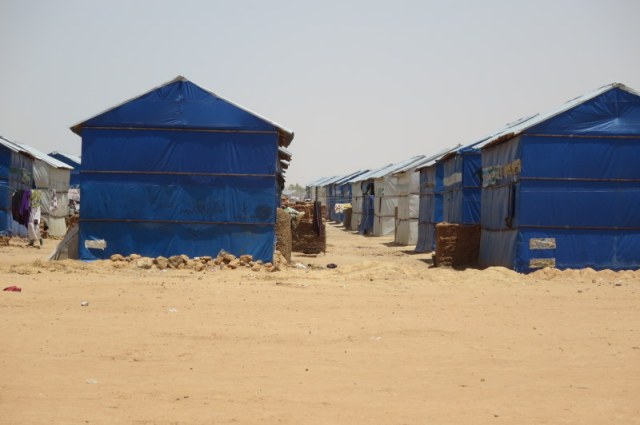



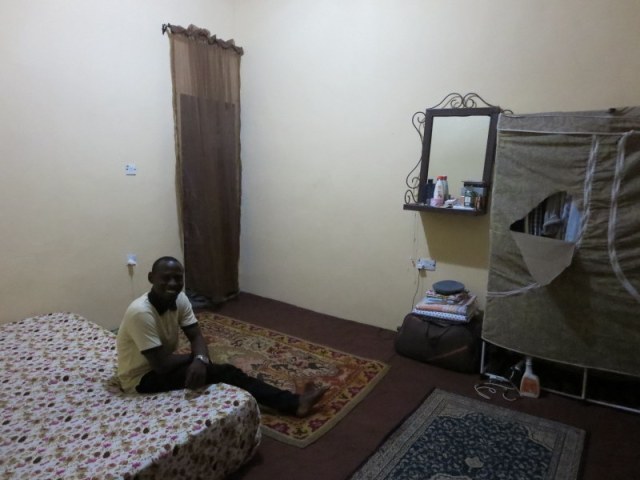





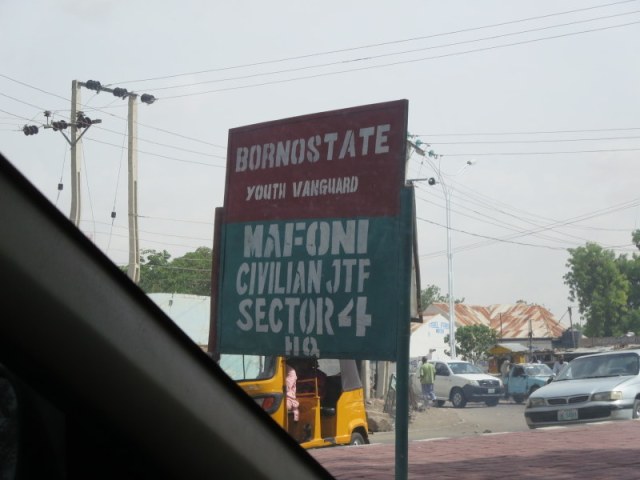


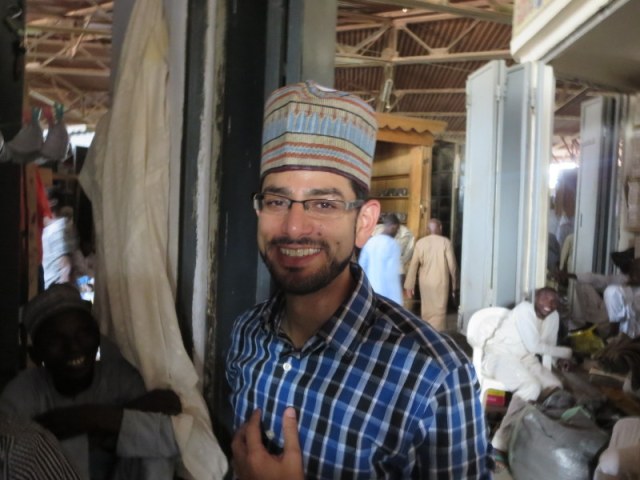
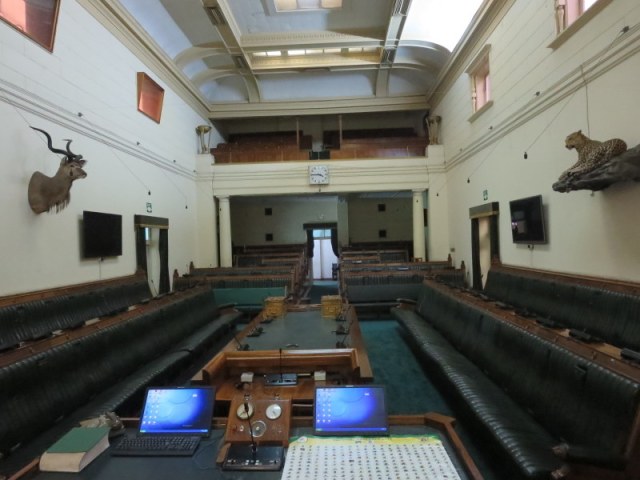
















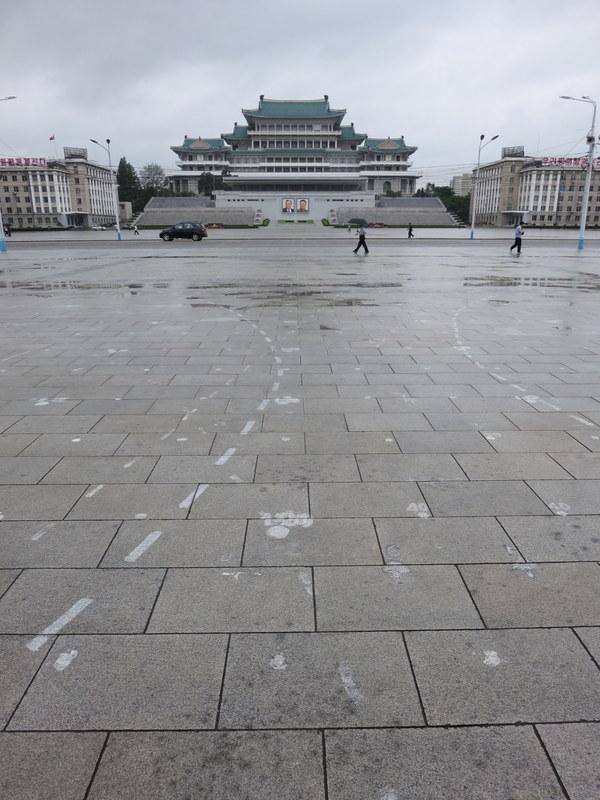





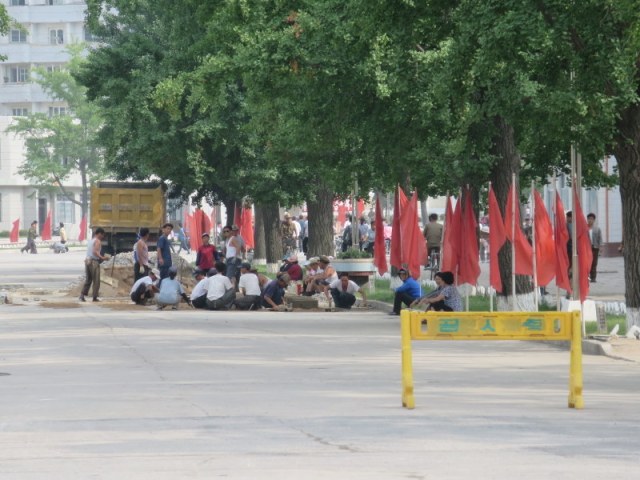



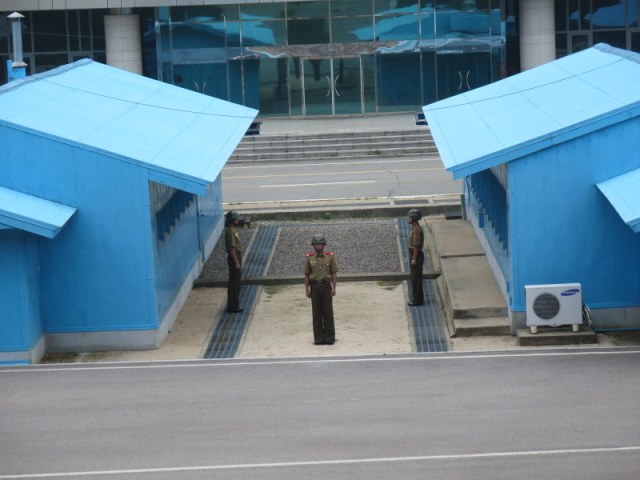



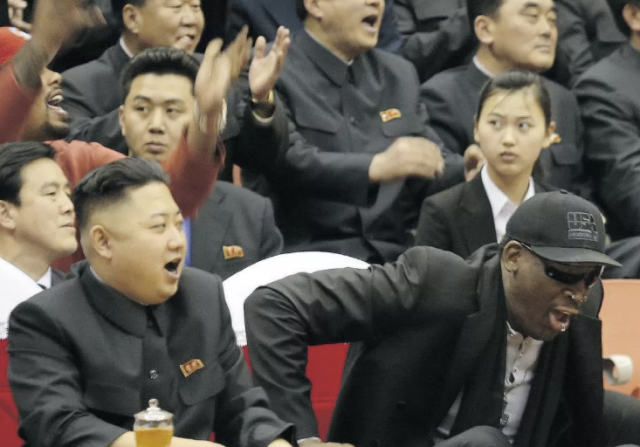





















 This past summer I had the unique opportunity to spend nine days in North Korea, with my cousins, aunt, and uncle. The trip was all more the extraordinary as I was visiting a family member posted in Pyongyang, and thus not subject to an all-encompassing scheduled tour, nor constantly “minded” by menacing guides analyzing my every movement for perceived insults/hostile activity (which my movements tend to naturally exhibit when unhindered).
This past summer I had the unique opportunity to spend nine days in North Korea, with my cousins, aunt, and uncle. The trip was all more the extraordinary as I was visiting a family member posted in Pyongyang, and thus not subject to an all-encompassing scheduled tour, nor constantly “minded” by menacing guides analyzing my every movement for perceived insults/hostile activity (which my movements tend to naturally exhibit when unhindered).